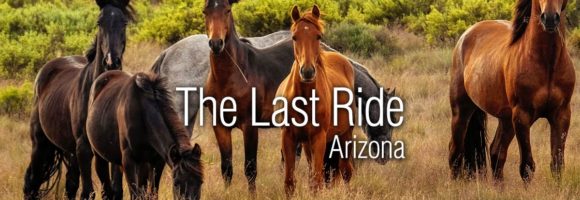Deadly Pasture Plants: Part 3

In this third and final installment of toxic plants that may be found in your pasture, we will look at more plants to watch out for and to eliminate from your horse’s diet.
Lamb’s Quarters
Also known as pigweed or goosefoot, lamb’s quarters is characterized by smooth, light-colored leaves and a woody red stem. As such, it rather resembles a small, green cluster of cauliflower. Horses are unlikely to eat this plant if other feed is available. In addition, large amounts of the plant need to be consumed in order to take effect. Symptoms of lamb’s quarters ingestion include:
- General weakness
- Respiratory distress
- Kidney failure
- Coma
Milkweed
Milkweed features elliptical shaped leaves that branch off of a central step along with flowers that grow into lavender, ball-shaped clusters. The inside of the plant features a white, sticky sap, while the pods that ultimately develop measure about 3 inches and split open to release brown seeds in the fall. All parts of this plant are toxic, whether living or dried and baled into hay. Fortunately, horses will avoid this plant unless they have no other food source. Symptoms of milkweed poisoning include:
- Spasms
- Disorientation
- Rapid and weak pulse
- Loss of muscle control
- Respiratory paralysis